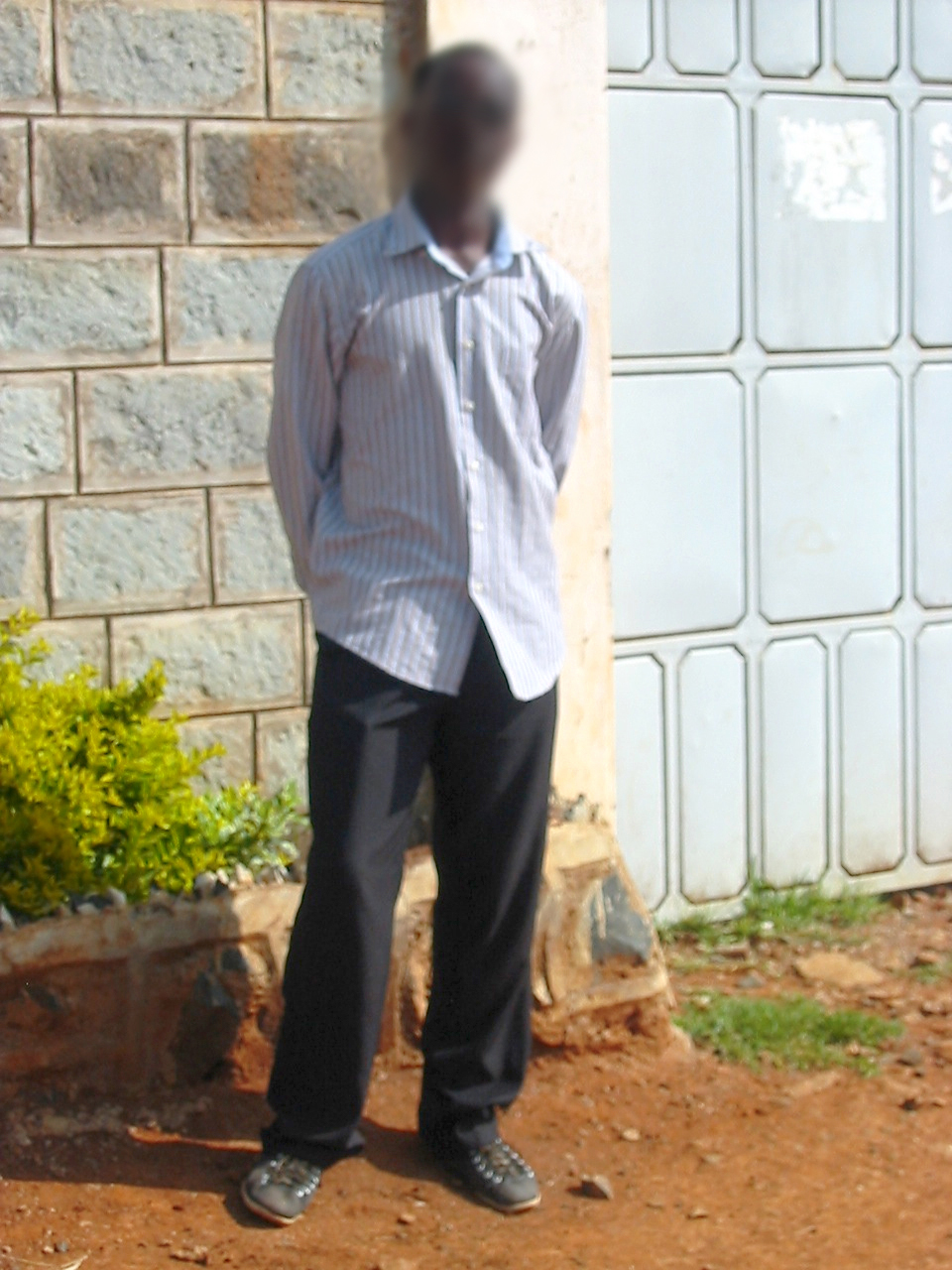Lenses of Conflict and Peace
Country: Kenya
Participants: Young people from Eldoret
Making of a community photo map
© Valentina Baú
In 2014, Dr Valentina Baú, an academic researcher specialising in communications for development in peacebuilding, travelled to the Rift Valley of Kenya. The area was one of the most affected by the violence, fought mostly along ethnic lines, that erupted after contested election results in 2007/08. Tribes who had fought against each other in the conflict, and the families of those who had lost their lives, continued to live side by side in mixed-tribe areas, where there was a substantial loss of trust between these diverse groups. People were left frightened by the sudden outbreak of violence, angry over the loss of property and livelihoods, and remained fearful that violence could re-ignite. Hate, resentment, and acts of reprisal were a part of people’s daily lives, and many did not believe a stable peace was possible.
Collaborating with local organisation A-Step, Baú worked with nine young adults aged 20-34 years from different tribal backgrounds living in the largest slum of Eldoret, the main urban centre in the Kenyan Rift Valley. Lenses of Conflict and Peace was a participatory photography project that sought to open up dialogue between the youth and to create an understanding between (former) enemy groups. Through photography and storytelling workshops, the young adults were encouraged to think critically about conflict and peace in their communities.

Over the course of four days, participants took images around four themes:
Conflict: photos that expressed what the conflict meant to participants and to their tribes;
Progress to peace: photos that showed what had changed in the community since the end of the violence;
Obstacles to peace: photos that showed how each tribe felt they were still being affected or discriminated against as a result of the conflict;
Understanding the other tribe: photos that showed what each participant had learned about someone from a different tribal background thanks to their participation in the project, and what they had understood in relation to the events that led to the conflict through the eyes of a different tribe
‘Understanding the Other’
This is M. and I decided to take a photo of him outside this building because he is a Kikuyu and most of these premises are believed to be owned by the Kikuyus, and people feel that they are the ones who, at least in this part of Kenya, are the upper class, not comparable to other tribes. So due to the way they live and the way their life is, they are thought to be better than others. And that’s why I decided to take this photo, because of that house. M. is not happy when he hears people saying that the Kikuyus are the ones who rigged the votes, because he always thinks that the president won by himself, not by rigging. So people would go about saying that they are the ones who stole the votes, but he says that it’s not that way. He told me that he feels his tribe is being discriminated against by people calling them thieves; they feel that people think they live by stealing, but it’s not that way, they are hard workers.
© Brenda, 23 years old
In her practitioner guide, Baú provides a detailed breakdown of the project’s daily activities, which involved photo walks in the community, creating photomaps, storytelling sessions and caption writing. The participants worked together in pairs to take their photos out in their communities. In the workshops, they worked in groups to analyse their photos and the themes that had emerged, grouping them and designing solutions to the problems identified. The original intention was to have a local exhibition but on reviewing the images and stories it became evident that not everyone in the community would have reacted positively, so the decision was made not to hold one (exhibitions were later held in Istanbul and Sydney). Participants’ impressions on the project were captured in a research article.
‘The images and their stories were a catalyst for participants to reflect on the situation in their community… The aim was not to create a common perspective, as each “lens” was unavoidably altered by the views and beliefs held by the native tribe. It was rather to offer a platform to reveal those views and learn about one another. This way, an understanding of differences began and a number of commonalities were unveiled‘.

